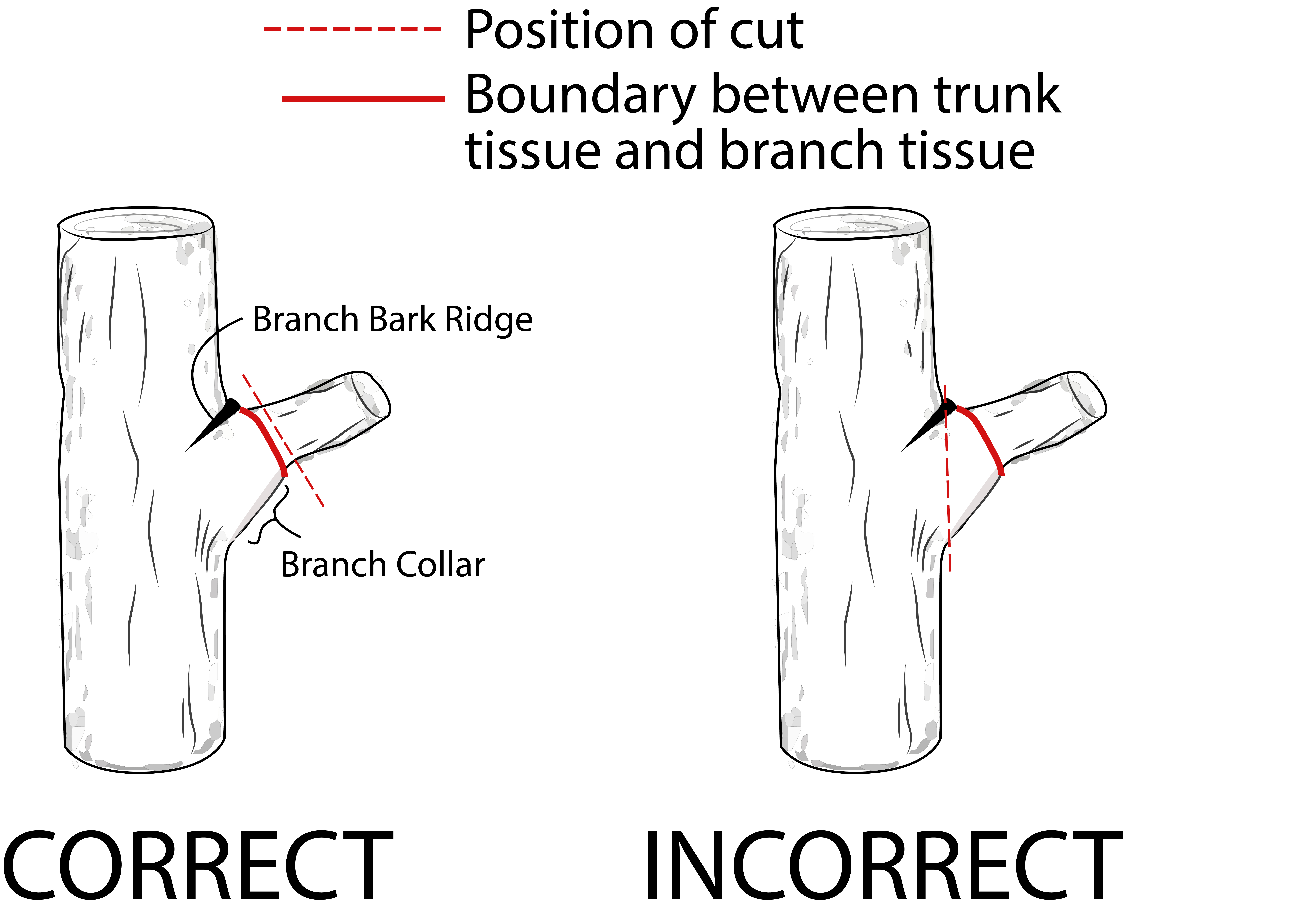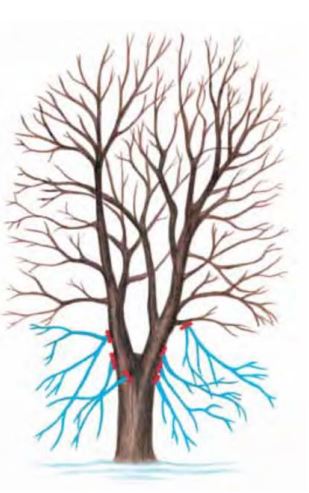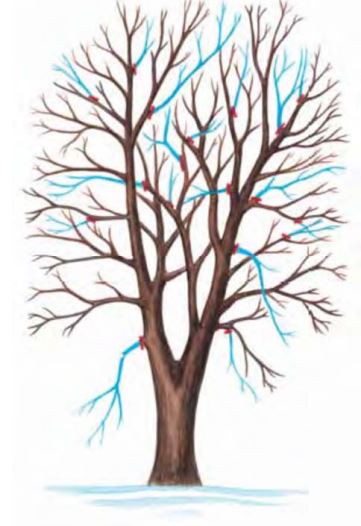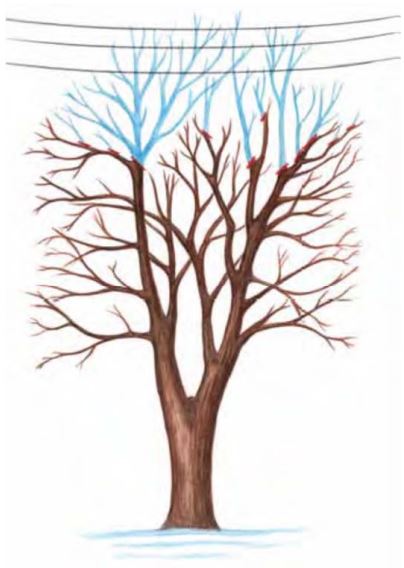
District Two Landscape Architect Ken Cheek

With spring around the corner and the weather beginning to warm, our Florida trees are beginning to thrive for the
summer growing season. Trees within state right-of-way are subject to being trimmed depending upon their health,
location or circumstances. You may see FDOT crews trimming trees on our right-of-way, and while it can appear that
they’re trimming for unknown reasons, there are specific rules that govern the process.
The Department sees trees as assets that should be properly maintained, but also understands that trees improve our
environment, and can even increase adjacent property values. Those points are sometimes in conflict, but the FDOT
constantly works to make sure safety, aesthetics, tree health and construction projects are at the forefront when choosing
to trim trees along state right-of-way.
Let’s start with the most important mandate of any state agency; safety of the public. Overgrown or declining trees can
potentially limit visibility and there are sight distance requirements the FDOT are obligated to maintain for safety. There
are also mandatory clearances that must be maintained between trees and utility lines, signs, roadway cameras and the
roads themselves. Hurricane season and the arrival of the summer thunderstorms are also big reasons trees are trimmed
in the spring, and throughout the summer after these storms are through.
Tree health is another factor FDOT considers when deciding where - and how - to prune. Crews are sometimes directed
to remove diseased or insect-infested wood, improve the structure of the trees, open the canopy to increase airflow, and
remove broken limbs. FDOT considers the overall natural form of the tree, and encourages healthy, strong and vigorous
growth.
 Crown raising
Crown raising
— removes branches from the bottom of the crown to provide clearance for lines of sight for vehicles and pedestrians.
 Crown thinning
Crown thinning
— Is the selective removal of branches to increase light penetration and air movement through the crown of a tree.
 Crown reduction
Crown reduction
— Is most often used with a tree has grown too large for its permitted space. This is often used as a last resort.
Images taken from: A Guide For Tree, Palm Maintenance For Urban Roadsides And Landscape Areas
We could not talk about the Florida Department of Transportation without mentioning construction. It's a big reason why
trees may be trimmed or removed entirely. Widening roads or making improvements to intersections can impact existing
trees. This is typically discussed as part of the planning process, and I would like to encourage the public to comment
about aesthetics during open houses and public hearings. While we may not be able to accommodate all requests, they
are welcomed just the same. Many trees have been given special protection at the Public’s request. The Department must
also trim trees when new traffic signals or noise walls are constructed, because they do require overhead clearance.
Once a decision is made to prune trees along a FDOT right-of-way, various crews may be tasked to execute the actual
work. FDOT maintains its own force, but there are also maintenance contractors who may do the work. This all depends
upon the project and/or location of the trees in question. Local Governments may also prune trees along state roads if
they have a FDOT maintenance agreement. You may even see utility providers doing similar work. Even private entities,
such as outdoor advertising companies may prune trees if they have the proper permit.
Remember, tree pruning is an important part of keeping Florida beautiful and improving our environment, and the Florida
Department of Transportation is committed to protecting and enhancing state trees.
For more information:
GUIDE FOR TREE, PALM MAINTENANCE FOR URBAN ROADSIDES AND LANDSCAPE AREAS